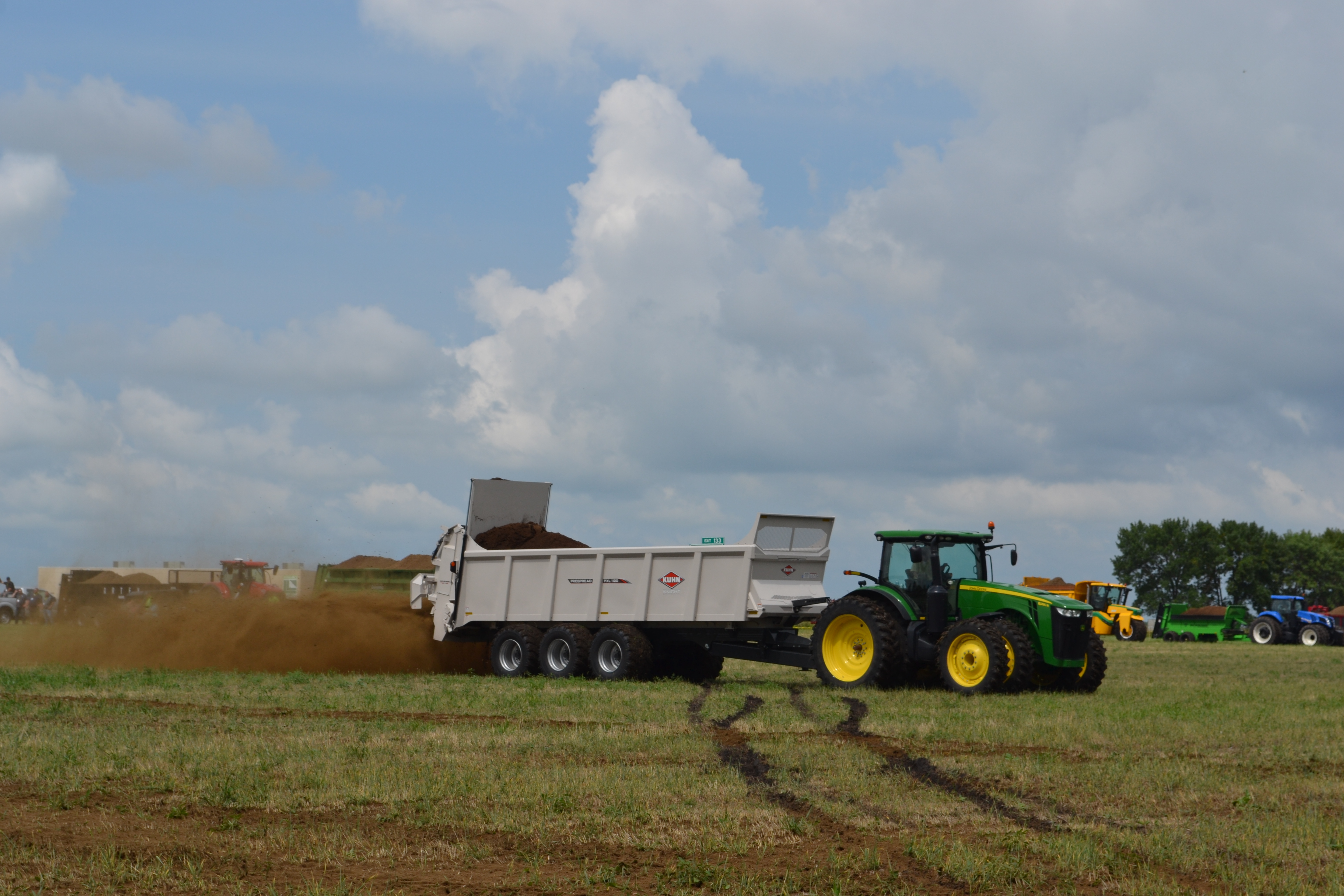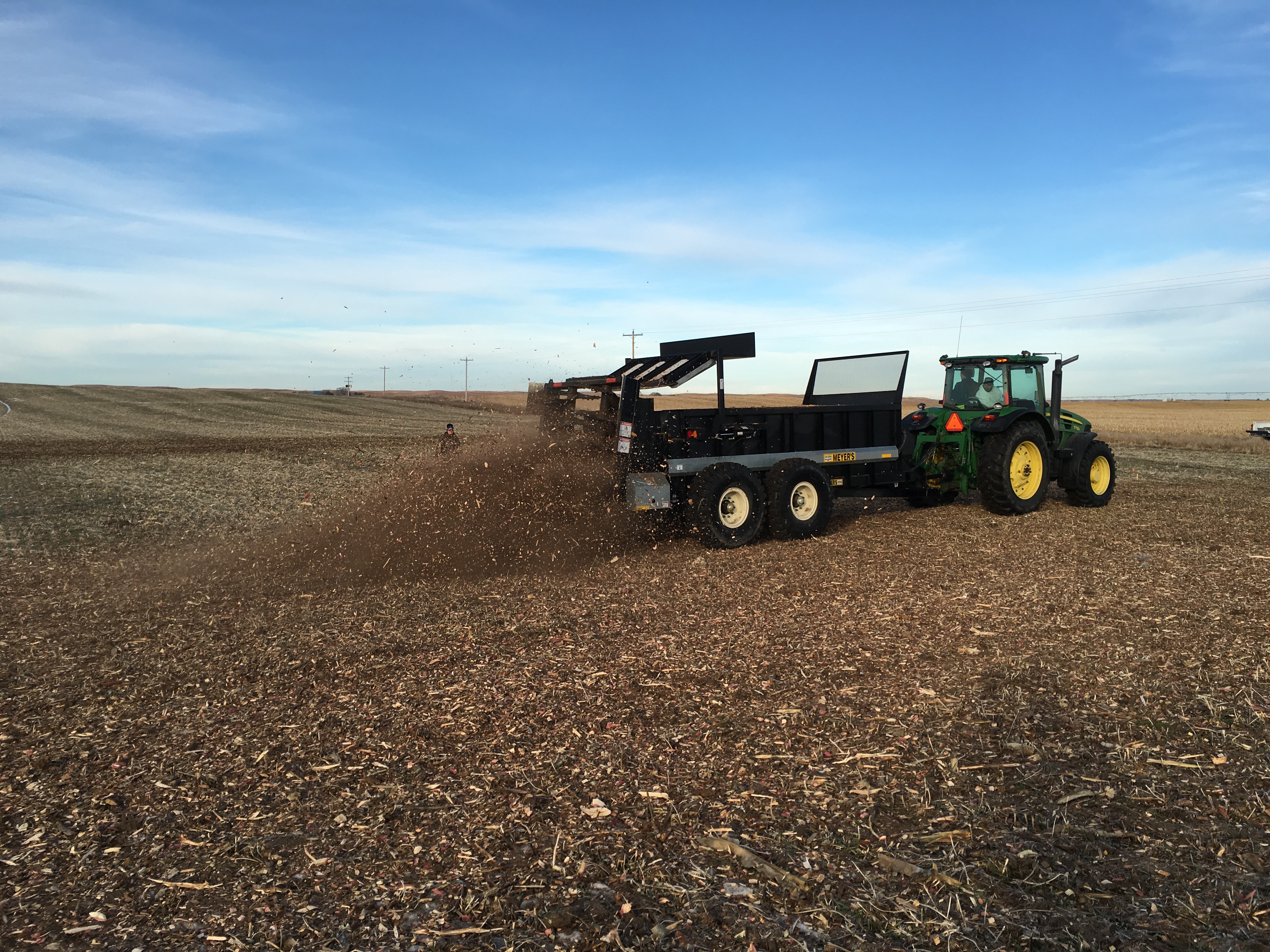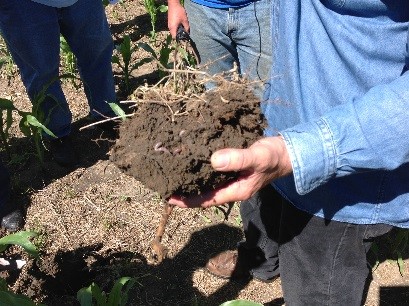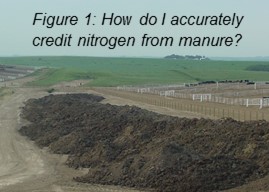Agricultural Production
Animal Manure Management
Land Application
With increasing regulations, the livestock producer needs to understand the scientific principles that affect manure transformations and how to use these principles to manage the manure for maximum fertilizer value with minimal environmental impact. Improved land application of manure is one part of the solution, but we suggest that the producer evaluate the quantity of nutrients arriving on the farm as feed, animals, and fertilizer compared to the total that is exported.
Sign up for updates from UNL Water






